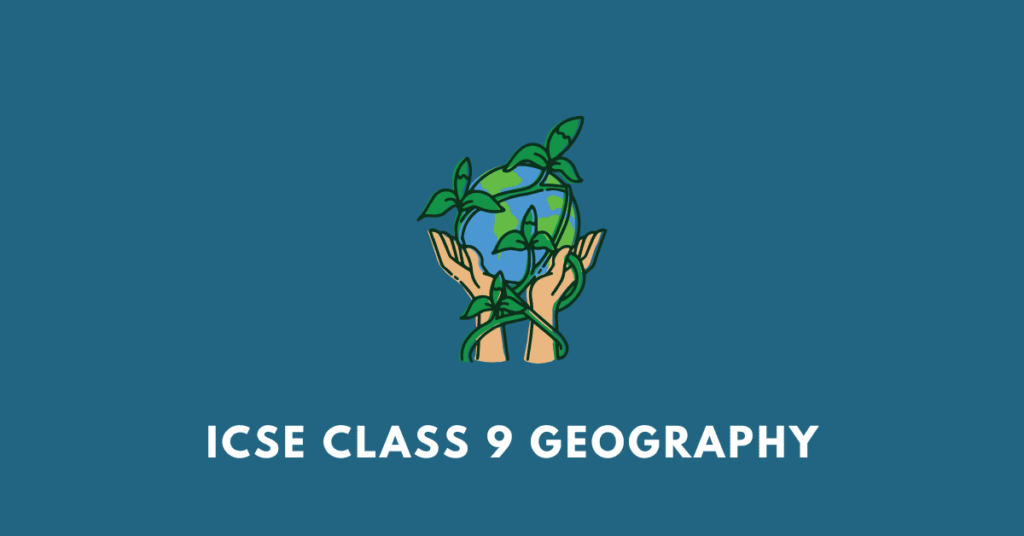Get notes, summaries, questions and answers, MCQs, extras, and PDF chapters that are part of ICSE Class 9 Geography (Total History). However, the notes should only be treated as references and changes should be made according to the needs of the students.
This subject is currently being updated according to latest syllabus.
Select Chapter
| Chapter 1: Earth As a Planet |
| Chapter 2: Geographic Grid – Latitudes and Longitudes |
| Chapter 3: Rotation and Revolution |
| Chapter 4: Earth’s Structure |
| Chapter 5: Landforms of the Earth |
| Chapter 6: Rocks |
| Chapter 7: Volcanoes |
| Chapter 8: Earthquakes |
| Chapter 9: Hydrosphere |
| Chapter 10: Atmosphere |
| Chapter 11: Composition and Structure of the Atmosphere |
| Chapter 12: Composition and Structure of the Atmosphere |
| Chapter 13: Insolation |
| Chapter 14: Atmospheric Pressure and Winds |
| Chapter 15: Humidity |
| Chapter 16: Pollution |
| Chapter 17: Sources of Pollution |
| Chapter 18: Effects of Pollution |
| Chapter 19: Preventive Measures |
| Chapter 20: Natural Regions of the World |
About ICSE Class 9 Geography textbook
The ICSE Class 9 Geography textbook by Morning Star is an essential guide for students beginning their geography studies. It covers fundamental topics like Earth’s structure, weather patterns, and natural forces shaping the planet. The textbook is divided into clear sections, each focusing on a different aspect of geography, helping students understand the subject step by step.
The first section introduces Earth as a planet, explaining its rotation and revolution, which cause day, night, and the seasons. Students also learn about the geographic grid, latitudes, and longitudes, which help in locating places on the globe. Further, the book covers the earth’s structure, explaining layers like the crust, mantle, and core.
The textbook moves into deeper topics such as landforms, rocks, and the forces of nature like volcanoes and earthquakes. It explains how these phenomena occur and how they impact the surface of the Earth. The hydrosphere section explores water bodies, their movement, and their importance to life. The atmosphere section discusses the layers of air surrounding the Earth, their composition, and how they affect weather and climate.
There is also a section on pollution, highlighting the sources, effects, and ways to reduce it. The natural regions of the world, like deserts, forests, and grasslands, are discussed in the final part of the book, giving students an understanding of different environments across the globe.

Ron’e Dutta is a journalist, teacher, aspiring novelist, and blogger. He manages Online Free Notes and reads Victorian literature. His favourite book is Wuthering Heights by Emily Bronte and he hopes to travel the world. Get in touch with him by sending him a friend request.
Get notes of other boards, classes, and subjects

the tabs are not working. I can not open any links from geography. pl check